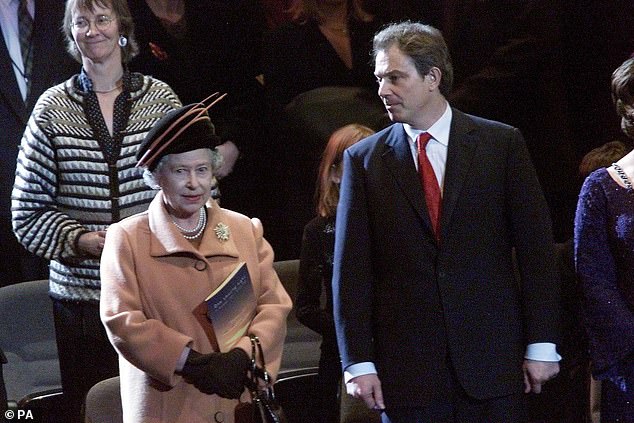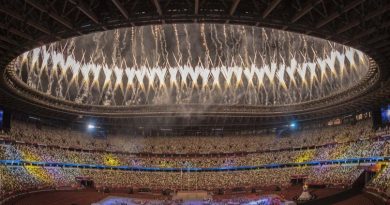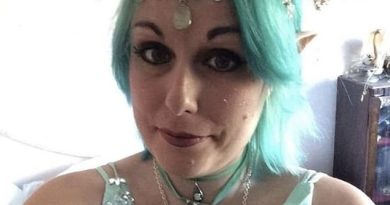Are Blair's antics over Princess Diana the reason the Queen hasn't made him Sir Tony?
Among the actors, athletes and NHS heroes recognised in the most diverse New Year honours list ever, one name was once again absent. It was that of Tony Blair, former Prime Minister and, by some measure, the most successful leader of the Labour Party in its history.
More than 13 years have elapsed since Mr Blair left Downing Street after three consecutive general election victories. And in the years since, he has inevitably accumulated a clutch of awards, including a Presidential Medal of Freedom from George W Bush in 2009.
But beyond his 1994 appointment as a Privy Councillor, which grants him the abbreviation the ‘Rt. Hon.’, there have been no honours showered on him by his own country.
Last week it was reported that his failure to receive the decoration normally handed to retired prime ministers — after which he would be entitled to call himself Sir Tony — has become a source of anxiety within the Royal Household because it was, in effect, ‘bedblocking’ honours for other senior figures.
These include Mr Blair’s successors at No 10: Gordon Brown, David Cameron and Theresa May.
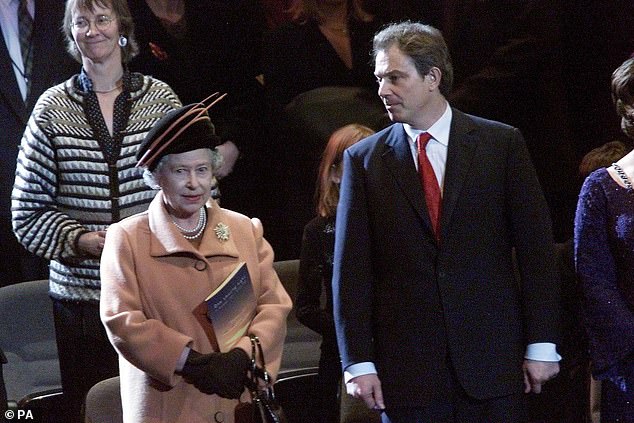
Former PM Tony Blair was absent again from the Queen’s New Year’s honours list. All but one of the Queen’s nine prime ministers before Blair has been made a Knight (pictured together in 1999)
Palace officials were reported to be concerned that an apparent political imbalance had arisen, with Tory politicians outnumbering their Labour counterparts by more than five to one.
According to the reports, efforts to induct Mr Brown in the highest honour, the Order of the Garter, have stalled because the Queen is reluctant to confer the same gift on Mr Blair over still-simmering resentment at the latter’s handling of the death of Princess Diana in 1997.
But can it really be true that such animosity would prevent the normal conventions taking place? Royal aides dismiss the notion that any sort of personal enmity could possibly influence who does and does not receive membership of the most distinguished orders: the Garter, the Thistle, the Order of Merit and Companion of Honour.
(Knights of the Garter and the Thistle are entitled to style themselves ‘Sir’ or ‘Dame’; not so those awarded the Order of Merit or Companion of Honour.)
‘It is absurd to suggest that there may be something churlish in the way honours are decided,’ says a figure close to the Queen. ‘It suggests a pettiness that simply does not exist.’
But it is also convention that no prime minister can receive honours until his or her predecessor has received theirs, hence the current logjam.
Nevertheless, the honours system is shrouded in mystery — especially at the top.
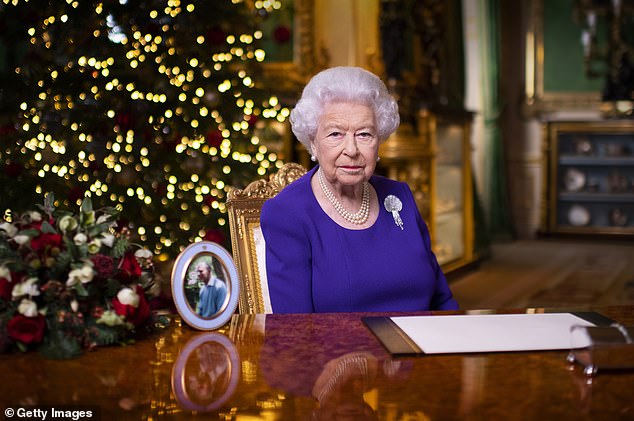
Reports say the Queen is reluctant to confer the honour on Mr Blair over resentment at the handling of the death of Princess Diana in 1997. Pictured: Queen Elizabeth II recording her annual Christmas broadcast for 2020
Former Tory Prime Minister Edward Heath had to wait 18 years after leaving Downing Street before being installed as a Garter knight. Margaret Thatcher, on the other hand, received her invitation to the Garter a mere five years after she was bundled out of office in 1990.
John Major, for his part, made it into the Garter in 2005, eight years after leaving Downing Street.
Mr Blair was 43 when he became the Queen’s tenth — and youngest — Prime Minister in May 1997.
Within months of his arrival in No 10, Diana’s death in Paris tested the traditional etiquette that exists between premier and monarch like no other before or since.
Dealing with his attempts to take control over the Royal Family’s response to the tragedy was one thing, but his later decision to publicise it all in his memoir was what really infuriated the royals.
It wasn’t just that he trampled over protocol by disclosing so many private details, but that he also appeared to be grandstanding in his perceived role of saving the royals at their most perilous hour.
He described the princess’s death as ‘menacing’ for the Royal Family and he was critical of the way the Palace operated.
He suggested that forcing William and Harry to go to church just hours after their mother’s death looked to some ‘incredibly, almost blatantly insensitive’.
This he blamed on the fact that the Palace ‘had no Alastairs [Campbell, the Downing Street spin-doctor] in the entourage’.
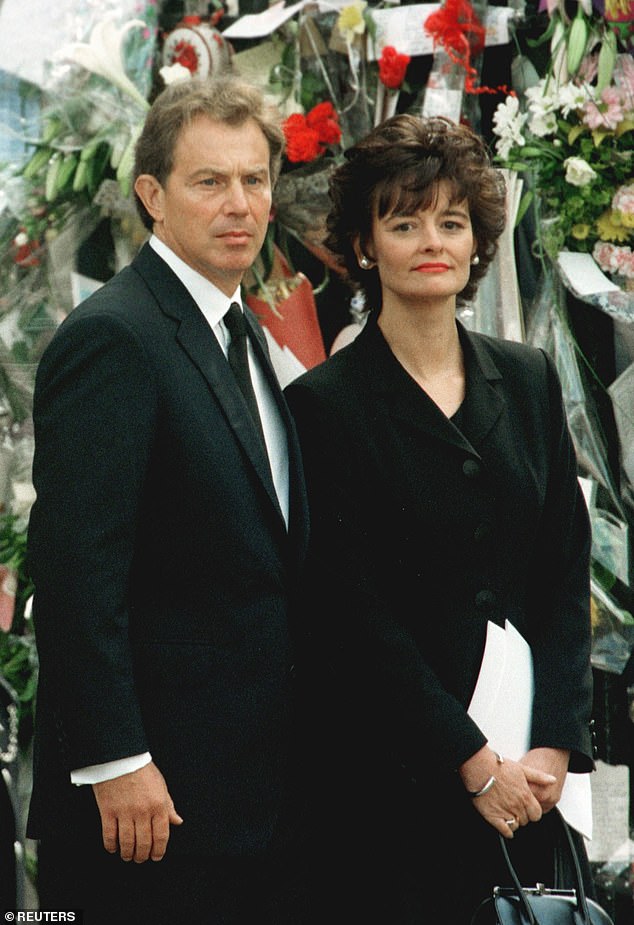
Within months of Tony Blair’s arrival in No 10, Diana’s death in Paris tested the traditional etiquette that exists between premier and monarch like no other before or since. Pictured: Prime Minister Tony Blair and his wife, Cherie at the funeral of Princess Diana
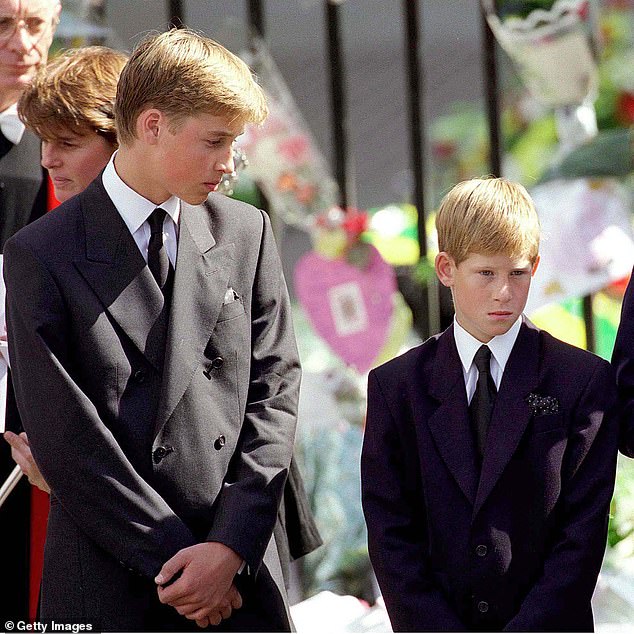
Blair suggested that forcing William and Harry to go to church just hours after their mother’s death looked to some ‘incredibly, almost blatantly insensitive’
Revealingly, he said he had a ‘problem’ with the Queen during the Diana crisis because ‘there was no easy point of connection in age or outlook or experience’, adding: ‘I didn’t trust myself fully to go straight to her and be as blunt as I needed to be.’
After the princess’s funeral, Mr Blair and the Queen met at Balmoral, and he admitted he ‘talked perhaps less sensitively than I should have about the need to learn lessons’, adding that ‘at points during the conversation she assumed a certain hauteur’.
Many might conclude that letting slip such indiscretions would be reason enough to deny anyone, let alone a prime minister, the nobility of honours.
But Mr Blair did not confine his remarks about the royals just to the Queen.
Recalling how, during their first weekend visit to Balmoral, his wife Cherie invited the Princess Royal to call her by her first name, Anne replied: ‘Actually, I prefer Mrs Blair.’
He later wrote of this apparent put-down: ‘At one level, it is stunningly rude and discordant in our democratic age.’
But then Mrs Blair had hardly endeared herself to the royals, not least over her refusal to bow or curtsy.
On one occasion, the Queen was reported to have told friends: ‘I can almost feel Mrs Blair’s knees stiffening when I come into the room.’
But while the Queen was said to be amused rather than offended by Mrs Blair’s public refusal to curtsy, she was less pleased by her toe-curlingly intimate memoir.
In it, the human rights lawyer shared the details of how she became pregnant with Leo, her unplanned fourth child, at the age of 45, during another visit to Balmoral.
She wrote how she had left her ‘contraceptive equipment’ at home because she had been horrified on a previous stay when royal servants unpacked her clothing and other personal effects for her. In 1999, out of ‘sheer embarrassment’ she left her contraception behind.
Of that night, she wrote breezily: ‘As usual up there it had been bitterly cold, and what with one thing and another . . . ’
All in all, hardly the discretion expected of the wife of a Knight of the Garter, the most ancient British order of chivalry, founded by King Edward III in 1348.
All but one of the Queen’s nine prime ministers before Mr Blair was made a Knight. It is limited to 24 people at any one time.
The only exception — Alec Douglas-Home — was given the Order of the Thistle.
Courtiers are understood to have suggested Mr Brown, like Douglas-Home, a Scot, be made a Knight of the Thistle to avoid the embarrassment of leapfrogging Mr Blair to the Garter. But this seems unlikely. Of course, the Queen could solve the whole conundrum at a stroke.
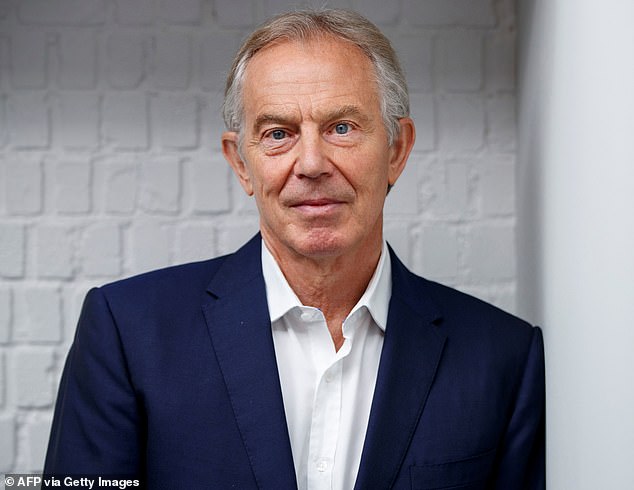
This leaves one tantalising question: does Tony Blair even want the knighthood and blue sash that comes with the order? Might Mr Blair actually have turned it down? In 2013 there were rumours that a public figure had declined to join the order
There are currently three vacancies in the Garter, one long-term and two caused by the deaths of Field Marshal Lord Bramall, in 2019, and Lord Ashburton, patriarch of the Barings banking clan, in 2020.
This leaves one tantalising question: does Tony Blair even want the knighthood and blue sash that comes with the order?
As one Labour figure says: ‘He would not accept it if he felt it would bring him mockery.
‘He’s also still working, and the Garter is traditionally seen as an honour for people who have completed their public life. And then there will be all that attention on how much money he has made since leaving office.’
So might Mr Blair actually have turned it down? In 2013 there were rumours that a public figure had declined to join the order.
At the time there were two vacancies — positions only come up when a Garter member dies — and just one was filled.
Appointments are at the Queen’s discretion, though she usually chooses from a list of five names submitted by the Garter’s chancellor — currently the Duke of Abercorn.
After the controversy of the cash-for-honours scandal during his premiership, many are still wondering if Tony Blair will ever be bestowed with the blue mantle and velvet hat as a Garter knight — and finally join the fancy dress party.

